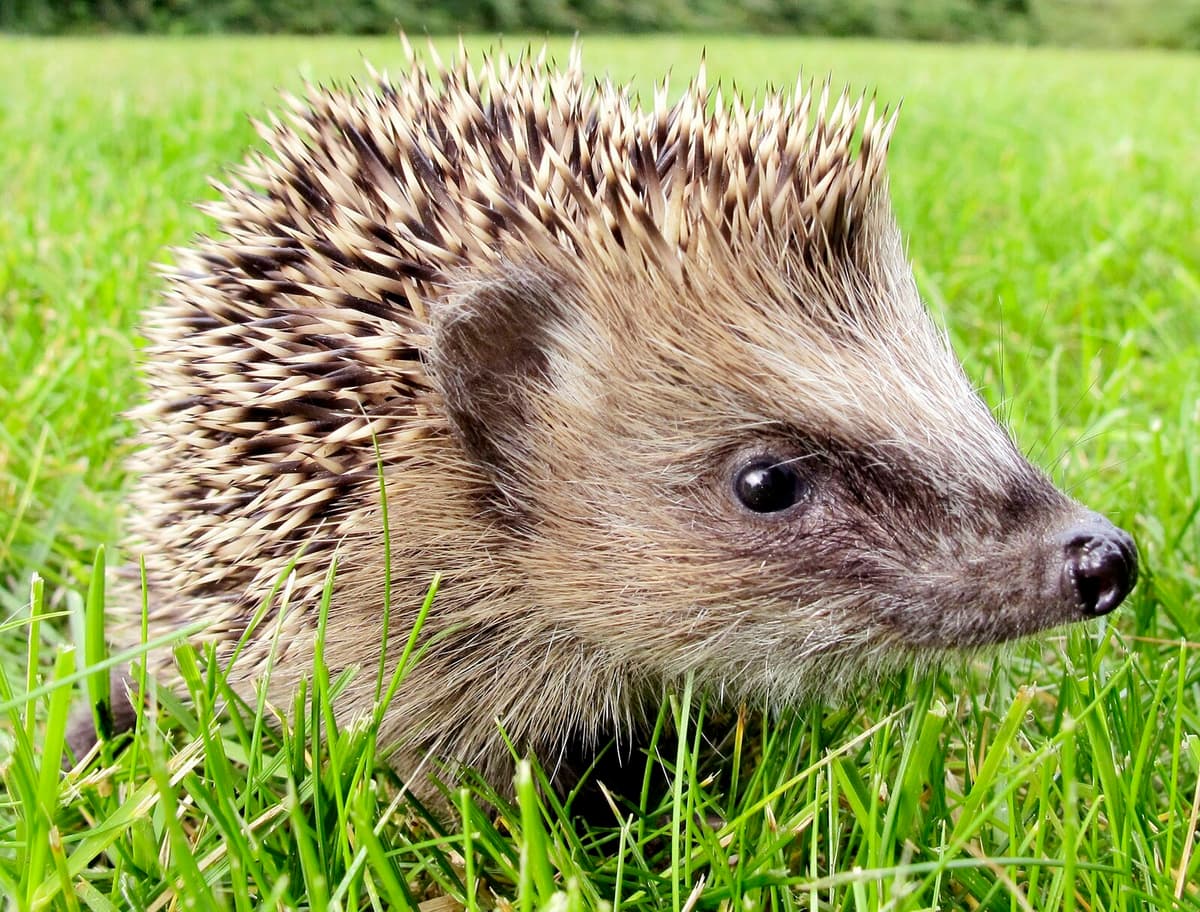For a long time, it has been a general perception that the hedgehogs are decreasing in number in Sweden, and in the upcoming update of the Swedish red list of threatened species, the hedgehog will be classified as vulnerable. The hedgehog count, which was conducted for the first time last year, is intended to increase knowledge about the species' situation. Therefore, it is extra important to also get information from places where no hedgehogs have been observed.
It is just as important as the number of observations. We want to try to understand why they are decreasing, says Jessica Ångström, nature conservation expert at WWF.
Winters and badgers
Last year, 28,662 living hedgehogs and 2,572 dead ones were observed. The analysis of the material suggests that the species is most common on Gotland and rarest in Jämtland - which may not be so surprising considering that the habitats on Gotland are more hedgehog-friendly than in the interior of Norrland. But at the same time, it has been found that surprisingly many hedgehogs have been seen in Luleå and Umeå, despite the long and harsh winters there.
It is fascinating that they can handle the harsh winter climate, says Jessica Ångström.
What they do not seem to handle as well is a rich occurrence of badgers. The badger, which gladly kills hedgehogs, has increased in the country, but is absent on Gotland, which is consistent with the fact that the hedgehog seems to have a strong foothold there.
Robot lawn mowers and May fires
Other factors that have been identified as important causes of the hedgehog's decline are road traffic, May fires, robot lawn mowers, as well as rat poison and various environmental toxins. But no one knows for sure if this is entirely true.
A decisive factor is likely that the habitats have become fewer. Hedgehogs need deciduous forests and a small-scale landscape, but are absent in areas with uniform fields and planted coniferous forests. Interestingly, gardens and parks in cities have become increasingly important.
WWF intends to continue the project for five years, but according to Jessica Ångström, they hope it will continue for much longer.
We must do this count for many years to get a material where you can compare different numbers, she says.
Is the hedgehog Sweden's most popular animal?
Right now, it probably is, she says.
The count takes place from Monday to Sunday, 11-17 August. Registration is made on WWF's website.
The hedgehog (Erinaceus europaeus) belongs to a family with 17 species distributed across Europe, Africa, and Asia. They are characterized by being equipped with quills on the body, a type of defense that helps against many predators - but not all. Both badgers and golden eagles seem not to be affected by the quills and gladly kill hedgehogs when they get the chance. Hedgehogs live on different types of small animals, such as earthworms, snails, and beetles.





